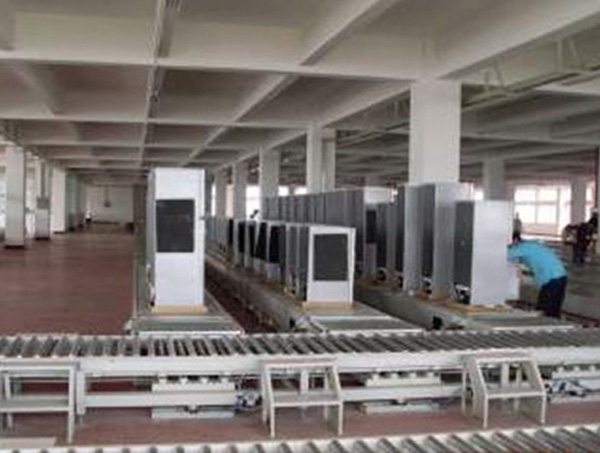Assembly Line Manufacturers: The history of the Assembly line. If you are interested, take a minute or two to learn about it.
Before the modern production line, the whole process was made by small families. With the development of production, there is a trend of mass production, assembly line came into being.

Records show that in a small town in the north of England, a man named Ivy ran a fish and chip shop. This shop is very popular and there is always a queue. Ivy had a long counter, and Ivy, Bart, Dionysus, and Mary stood in a row, side by side. When the customers came in, Ivy gave them a plate of fish, then Chips from Bart, peas from Dionysus, tea and money. To receive. Customers are always on the move. As soon as the customer served the peas, the man behind him brought fries. The other one's already got the fish. This is a prototype of a water pipe. These overlapping tasks can be broken down into continuous parts that move between employees. A skilled worker only needs to do some work in order. The waiting time for each customer remains the same, but four customers can be served at the same time. In this way, the number of customers looking after us at lunchtime on bank holidays has tripled. This new mode of transportation was produced by a delayed mode of production that made it expensive, luxurious and unpopular. At that time, the American Ford Motor Company took a long time to build a car. The annual output is only 12. The founder of Ford, a famous entrepreneur, is known as "the man who made the world a circle". Ford has come to see the car as a universal means of transportation. He saw it all as a way to speed up production, improve efficiency, lower costs, and eventually lower prices to buy cars for ordinary people.
In 1913, Ford assembled cars with innovative ideas and backward logic and pushed the chassis at a constant speed. Along the way, the engine, controls, vehicle, steering wheel, instruments, lights, Windows and wheels were installed in stages. The whole car has been assembled now. D One production line reduced the assembly time of the Model T from the traditional 12 hours and 28 minutes to 10 seconds, increasing production efficiency by 4,488 times. This is the most modern production line in the world.
Ford's assembly line not only put cars at the top of the assembly line for assembly, but also rewarded and studied a lot of efforts to improve labor productivity. Ford put the parts for the car in a convertible, tied them to the car and sent them to technicians. Workers stood on either side of the conveyor belt to save time on picking up goods. In addition, when assembling the chassis, simply pull it out of a pile of pre-arranged parts and attach it to the workers who are in charge of the assembly, and the assembly speed naturally increases. He produces hundreds of thousands of cars a year. The new system is both efficient and economical. As a result, car prices have fallen by half. In 19133, the average American earned $5,301 a year. In 1914, workers could buy a one-ton car in less than four months.
With the emergence of assembly line production, every production department can achieve standardization and universality. This changed the history of car production, requiring only a few skilled workers. Being able to create a "mystery car" with the hands of a black miner meant that the productivity of the average manual worker had risen to the level of a skilled worker. This is the achievement and triumph of the production line approach itself. In the industrial age, the productivity of tradies was reflected on assembly lines. Since then, tap water production lines have been established in many fields, such as clothing production lines, bread production lines, chemical production lines, and even household production lines.